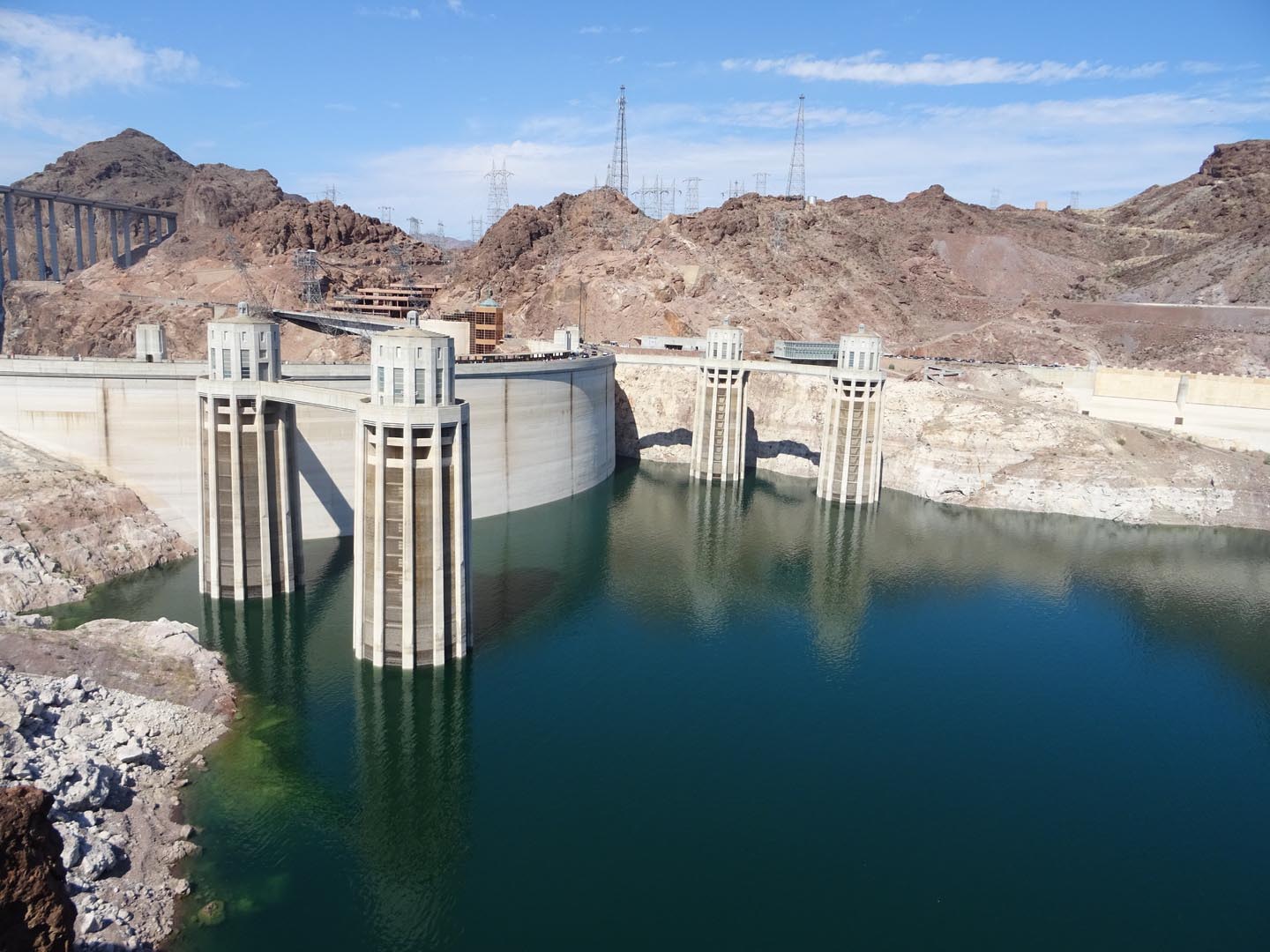
How Could Regenerative Agriculture Affect California’s Ability to Withstand Drought?
by CRARS staff member Sheryl Karas. M.A.

In case you haven’t been noticing the dryness and heat, a new study by researchers at the University of California in Los Angeles, the Lamont-Doherty Earth Observatory of Columbia University in New York, and the NASA Goddard Institute for Space Studies in New York says that we are in the most extreme megadrought(opens in new window) in at least 1,200 years. The team sees human-influenced climate change as the key driver, but, worse, they predict California to be even drier for decades to come.
Two of the country’s largest reservoirs, Lake Mead and Lake Powell, are at record lows and a water shortage has been declared at Lake Mead for the first time in history. Both of those reservoirs are fed by the Colorado River. As a result, the federal government is cutting off water from the river to the Central Valley Project in California’s chief agricultural region, and Governor Gavin Newsom is instituting voluntary water restrictions (PDF) for individual households and non-agricultural businesses and severe reductions(opens in new window) in water availability to farms and cities from the State Water Project.
The Metropolitan Water District of Southern California manages water from the Colorado River and the State Water Project. In April, the agency declared a water shortage emergency(opens in new window) and is requiring parts of Los Angeles, Ventura and San Bernardino counties to implement and enforce cutbacks or face hefty fines. They did, however, anticipate these shortages and have been attempting to develop long-term solutions to the problem for several years. For example, along with the federal Bureau of Reclamation and other water agencies in Arizona and Nevada, they are helping to fund a $38-million program(opens in new window) that is paying farmers to leave their land fallow for three years to give Lake Mead a chance to rebuild its water reserves.
Unfortunately, that is unlikely to be enough, so multiple innovative solutions are being explored. One of the potential solutions is regenerative agriculture.
How Regenerative Practices Affect Water Use
The conventional practice of leaving land fallow typically results in large acreages of land being left unplanted, bare, and unirrigated. At first glance, in a drought especially, this would seem to make sense and it is the most common practice in the Central Valley. However, this combined with conventional practices such as heavy tillage, fertilizer, herbicide, insecticide, and fungicide applications tends to lead to loss of soil fertility, soil structure, soil carbon, and water holding capacity. Meaning: the water that is available does not penetrate the hard-baked bare soil well, and the water that does seep in doesn’t easily stay in place because the soil structure and organic matter is missing. Much of the water is wasted. It just runs off while eroding a fair bit of the soil along with it. In the next growing season, the farmer needs to till again to break up the hardpan and use even more chemicals to try to make up for the lack of soil fertility. The water-wasting cycle just continues.
Regenerative practices are similar to the conservation practices that were promoted after the Dust Bowl. They include avoiding excessive tillage that destroys the soil structure and choosing to keep the ground covered as much as possible with cover crops that keep living roots in the ground and allow the soil biology to regenerate. This does require at least some minimum level of irrigation, but multiple studies show that the use of cover crops increase rainwater infiltration and the water-holding capacity of the soil. In addition, using cover crop residue as a mulch keeps the soil cooler and reduces soil-water loss via evaporation. The crops greatly reduce the amount of soil erosion and, if they include nitrogen-fixing legumes, they reduce the need for water-polluting nitrogen fertilizers and other chemicals. A nice “side” benefit is that the practice reduces greenhouse gas emissions caused by the current fallow practices. Those emissions are a result of tillage causing increased soil carbon respiration, tractor fuel use, and the eventual application of fossil fuel intensive nitrogen fertilization on following crops.
Still, the drought being experienced in California is unprecedented. Could the water savings created by regenerative techniques offset the irrigation needed enough to make a difference? We don’t know. So, for that reason, the Center for Regenerative Agriculture and Resilient Systems (CRARS) is teaming up with the Metropolitan Water District to find out.
The Palo Verde Valley Pilot Project on Soil Carbon Capture and Water Use Efficiency
This 5-year research project began in October 2020. In it, CRARS is contrasting the results of two approaches: conventional fallowing (full tillage and zero water applications) and regenerative fallowing (winter and summer cover crops seeded with a no-till drill, fungal dominant biological inoculations at the time of seeding, and minimal irrigation to maintain a living root all year). Subsequent cash crop productivity (alfalfa) will be assessed at 3 years, 4 years and 5 years of fallow. Metrics include economics as determined by costs/acre of practices, water use efficiency, and soil health including carbon sequestration.
Because the success of farmers implementing these choices hinges on how they are positively or negatively impacted economically, several factors will be evaluated. Cash crop productivity will not only be assessed in terms of yield/acre. Crop quality will be determined by measures of nutrient density. If the levels of nutrients are increased, the crop’s value would be increased with positive economic implications for the farmers selling it.
There also may be economic benefits created by the need for fewer inputs, and fewer tractor passes that come with climate, fuel, maintenance, depreciation, labor, and soil structure damage costs. The study will include evaluation of any economic difference to be seen with soil carbon levels, soil fertility, improving soil structure for water percolation, and water storage.
